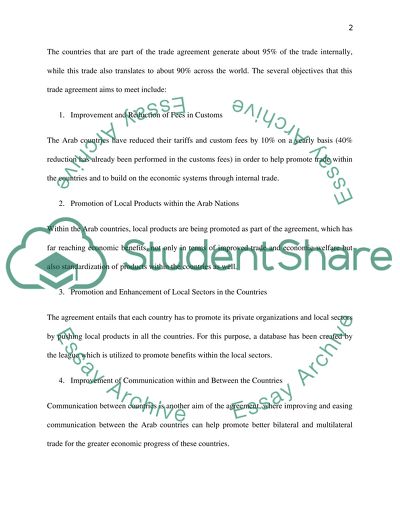Cite this document
(“Greater Arab Free Trade Agreement Research Paper”, n.d.)
Retrieved from https://studentshare.org/macro-microeconomics/1454105-greater-arab-free-trade-agreement-gafta
Retrieved from https://studentshare.org/macro-microeconomics/1454105-greater-arab-free-trade-agreement-gafta
(Greater Arab Free Trade Agreement Research Paper)
https://studentshare.org/macro-microeconomics/1454105-greater-arab-free-trade-agreement-gafta.
https://studentshare.org/macro-microeconomics/1454105-greater-arab-free-trade-agreement-gafta.
“Greater Arab Free Trade Agreement Research Paper”, n.d. https://studentshare.org/macro-microeconomics/1454105-greater-arab-free-trade-agreement-gafta.


